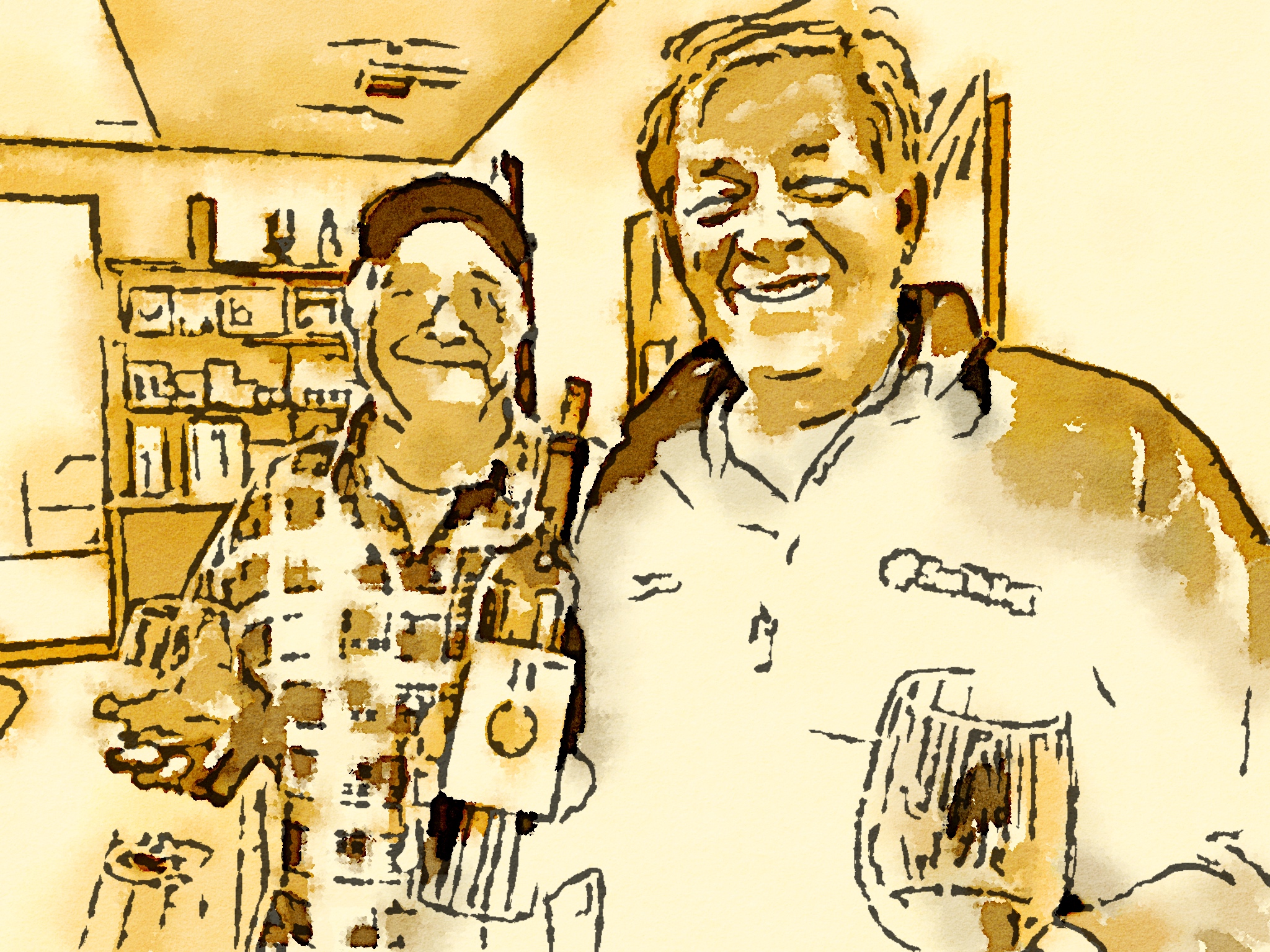The Story of a Zin

I was delighted when a wine club member brought a bottle of our 2008 Reserve Zinfandel to share in our tasting room. It was the last bottle from a case he had carefully stored away on release. He had enjoyed a bottle or two each year from his cellar, and now he wanted to share with us his last remaining bottle. Quite possibly, this was the last remaining bottle anywhere.
With any old and rare bottle, there is always a little trepidation on opening. But much to our relief, the wine had held up beautifully, still filled with the aromas that only Livermore fruit can provide. And, as with any older wine, it brought back a flood of memories. This was no ordinary Zinfandel – it was the problem child from our first year of operation.
Vintage 2008 was our first commercial harvest. At the time, we were sharing temporary quarters at Tenuta Winery on the west side of town. We didn’t have much space, and we were forced to limit our production to four varieties: Pinot Gris, Sauvignon Blanc, Petite Sirah, and Zinfandel. The first three varieties were harvested and fermented without issue. Then we brought in our three tons of Zinfandel. A heat spike had driven the sugar levels up, so we added a little water to bring them down. But, having no prior experience with Zinfandel, we were unaware of the perils that lurked ahead.
Fermentation began naturally enough, and though the sugar levels were a little high (24.5 Brix) this was normal for Zinfandel. But, as fermentation proceeded, the sugar levels began to rise as the riper berries began to break down. Eventually, the fermentation came to a halt, leaving a wine with 17 percent alcohol and about 7 percent sugar. This wine was a quarter of our entire harvest – we couldn’t allow it to become a port wine.
Out came the doomsday document, the famous Davis Method for handling stuck and problem fermentations. Over the course of several days, we slowly corrected the wine and restarted the fermentation, watching over it like we would a sick child until it finally went dry weeks later and we put it into barrels.
By April of the next year, we had moved our operations to our Vasco location. Our grand opening was scheduled for August, so we needed to have at least one white wine and one red to open. The white wines were easy since they would be bottled in May. But the red wines were young. We would have to select one of them to bottle early in order to have it ready for the opening. We had nine barrels of the remarkably fruity Zinfandel, so we decided to bottle six of them and allow the remaining three to continue aging. Hence the origin of our 2008 Reserve Zinfandel. We did the same with our Petite Sirah, bottling two thirds young and allowing the rest to age – hence, the 2008 Reserve Petite Sirah.
The story of our 2008 Reserve wines, recalled by the unexpected tasting of the last bottle of Zinfandel, reflects our winemaking philosophy: pure, authentic, and handcrafted. Many wineries buy their first few vintages from other producers, either as finished and bottled wine (shiners) or as bulk wine in barrel or tank. They put their labels on it and began to sell it as their own. Many encouraged us to do the same. But we have always thought differently and have refused to put our label on anything we haven’t made. For us, it always has been about provenance, about controlling every step of the operation, so that our wines can tell an authentic story of our legendary valley.


